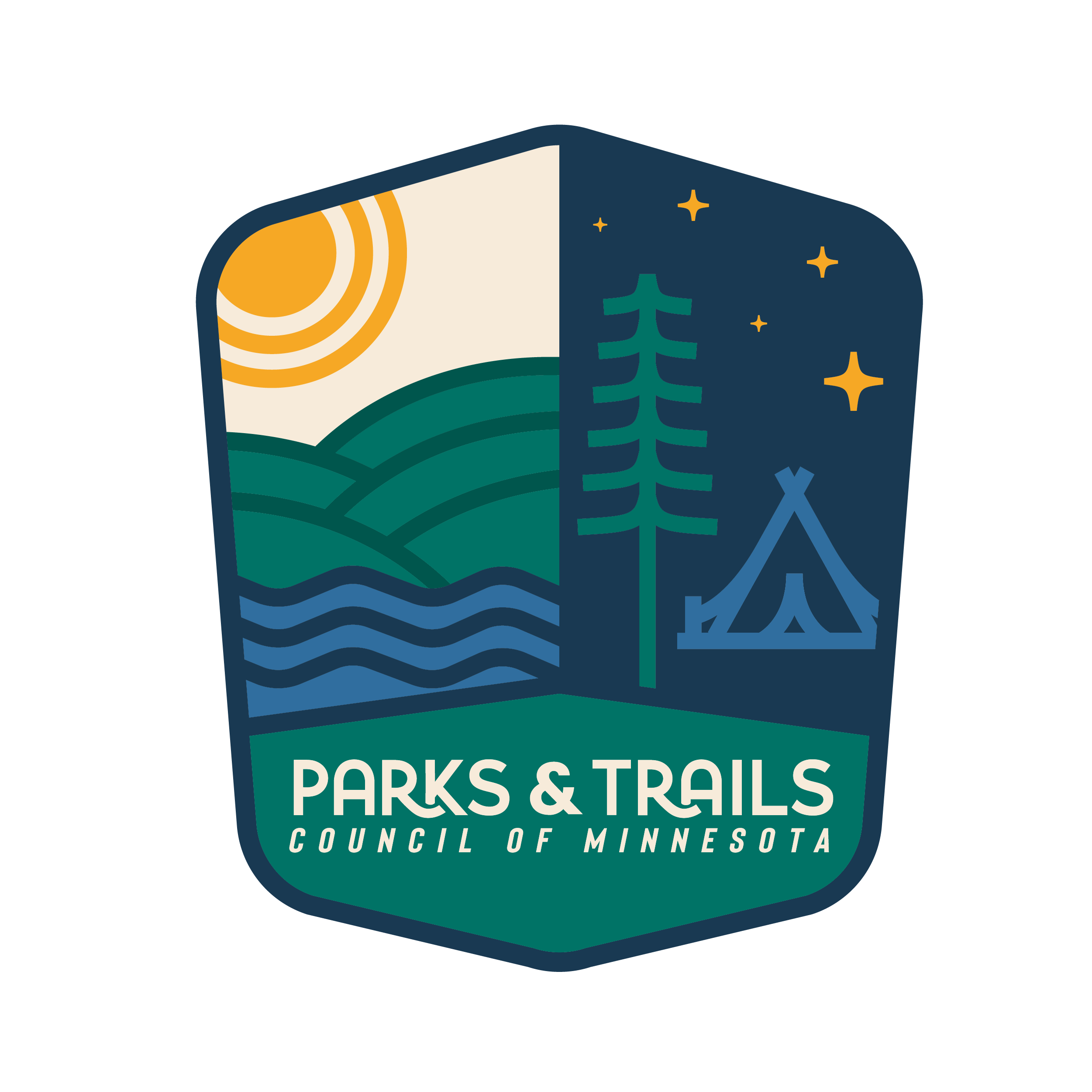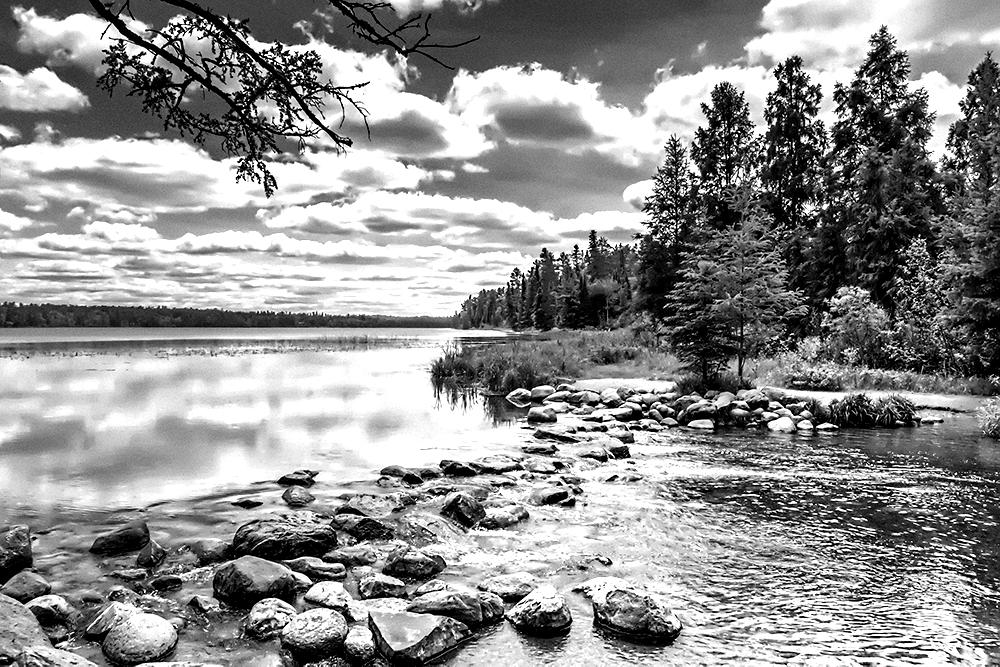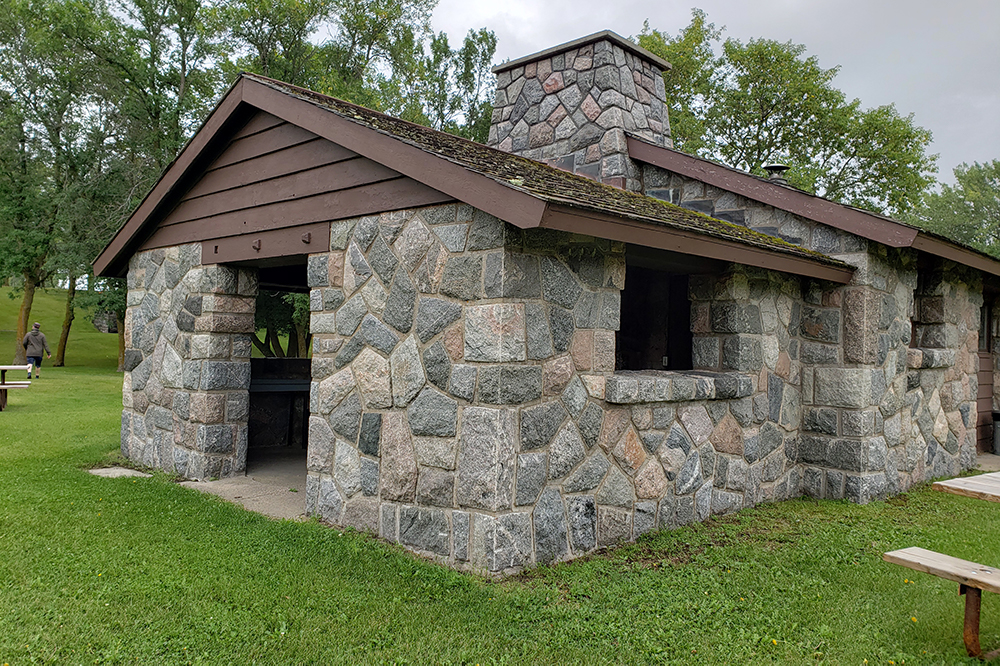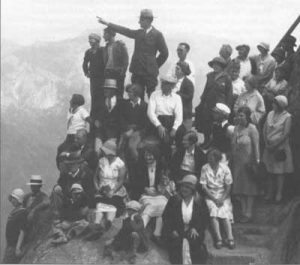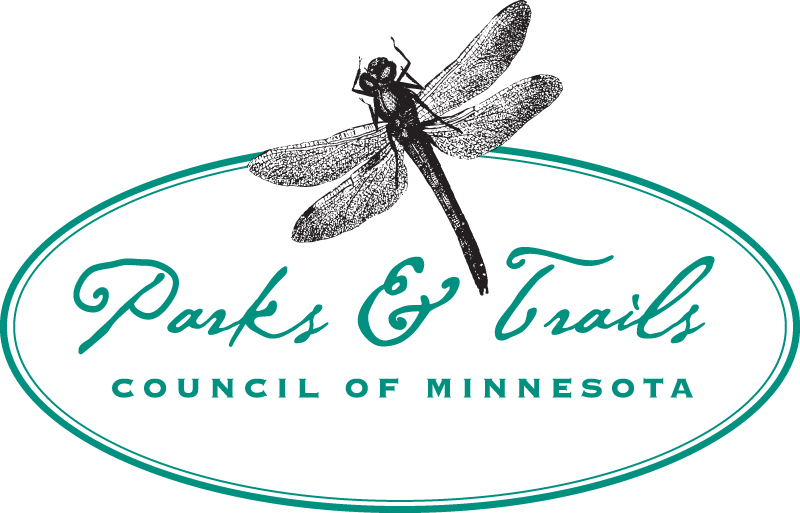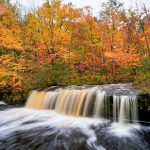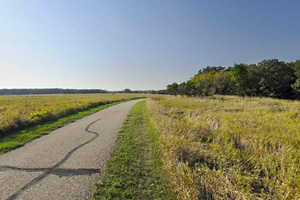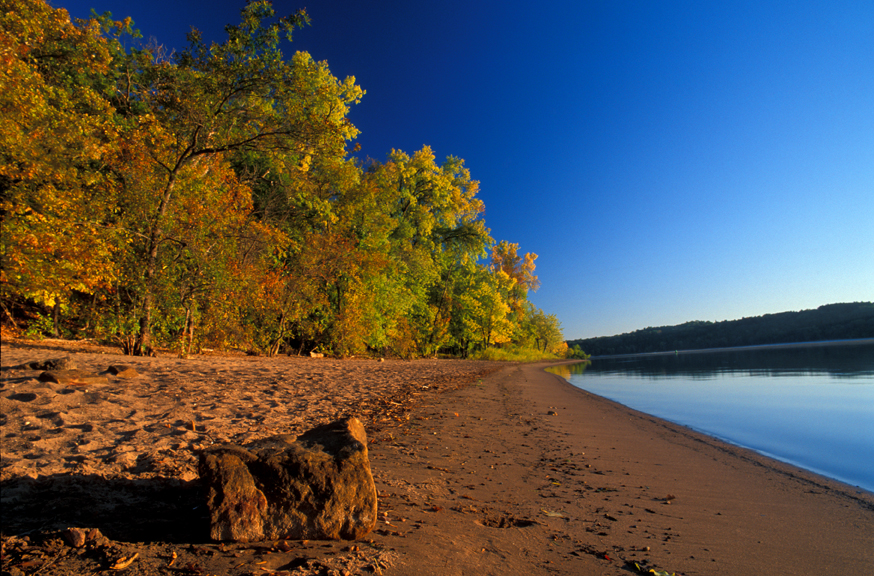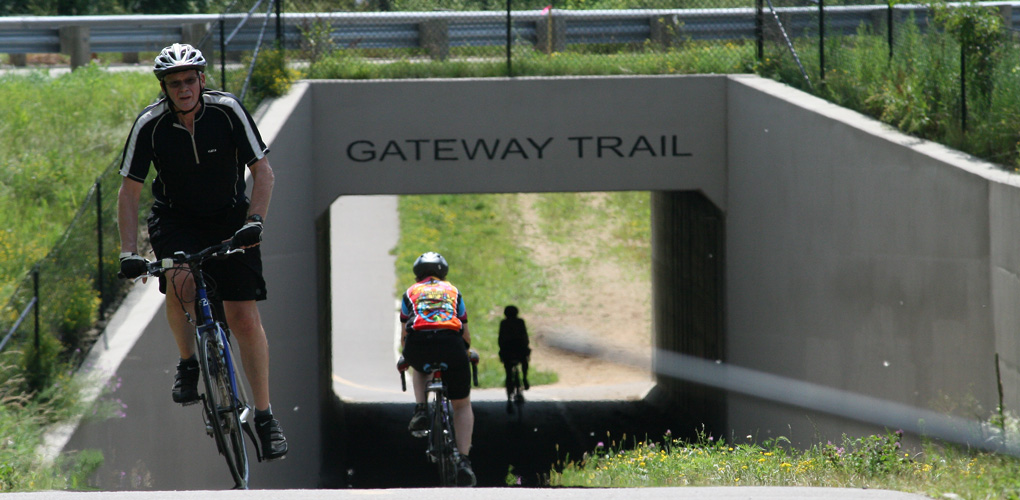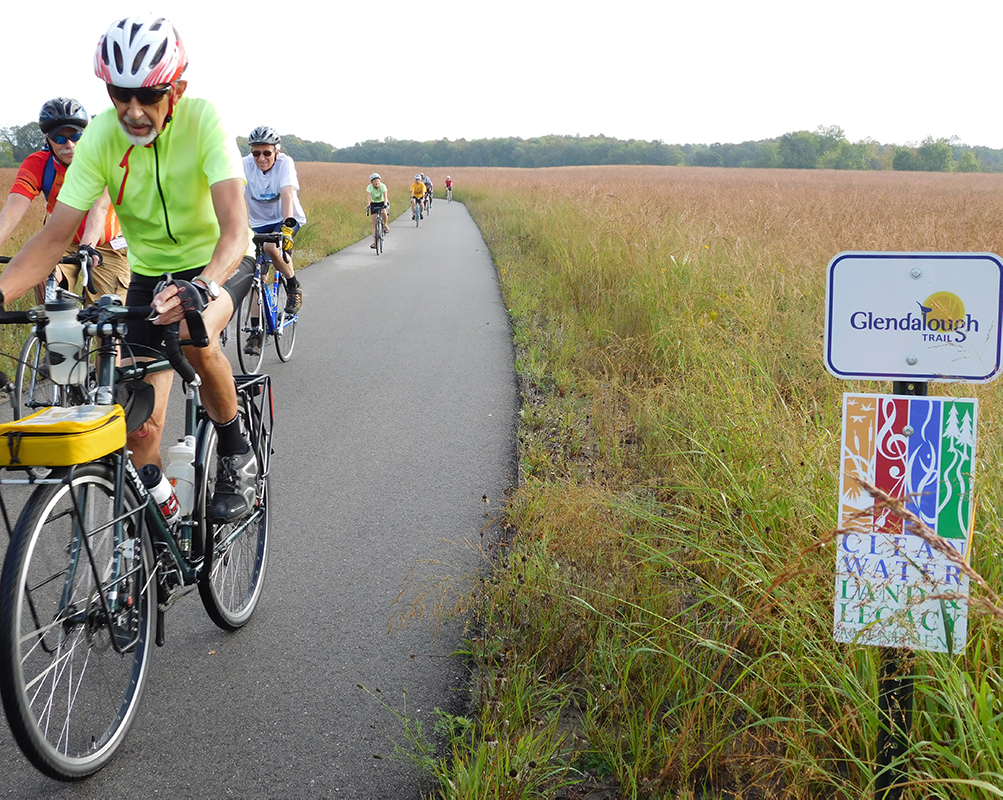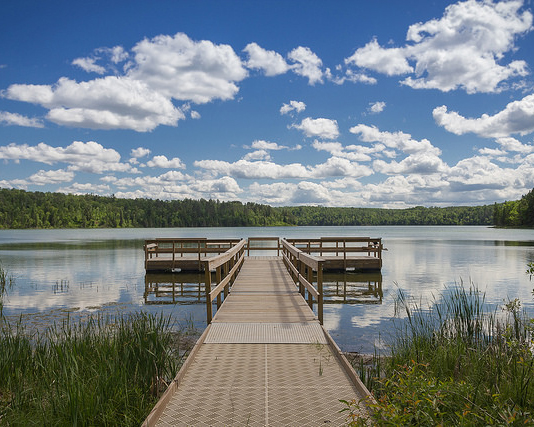Minnesota’s First State Park Created
Itasca State Park is created, earning Minnesota the distinction of having the second-oldest state park in the nation. It was created by a margin of one vote. Ironically, the part of the park that makes it so iconic today–the headwaters–was not included in the original boundaries; this land was added in 1901.
